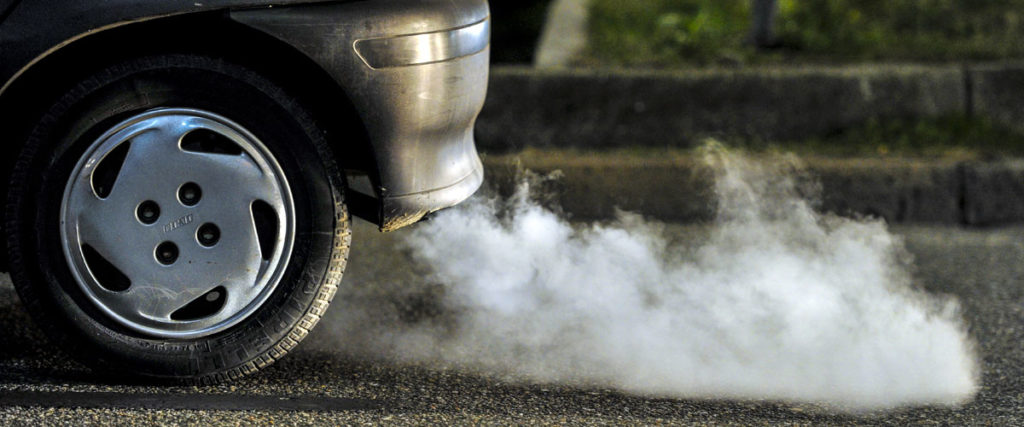
7-8-18
There’s nothing like a trip into the great outdoors to help you unwind, reset and reconnect with Mother Nature. Unfortunately, a camping trip can also create a lot of waste, which isn’t so good for her.
In Yosemite National Park alone, visitors generate 2,200 tons of garbage annually. That’s the pound-for-pound equivalent of about 15 blue whales.
The good news is that you don’t have to give up on your time in nature to reduce the waste you leave behind. Instead, try these tips to reduce your footprint the next time you’re venturing outdoors — you’ll even save money in the long run.
1. Leave excess packaging at home. Bring as little packaging on your trip as possible. Toss as much as you can before you leave home — this way, you won’t risk accidentally leaving it behind as litter. You can also reduce the amount of packaging waste you generate in the first place by avoiding single-use items such as water bottles, and opting for products that come in bulk or that use minimal packaging to begin with.
2. Refill as much as you can. Bring reusable and refillable items on your trip instead of disposable ones. Reusable bags, travel mugs, cookware, food containers and utensils will all save on waste. You can even refill cooking gas canisters. Find a retailer such as Ace Hardware or REI who will refill your gas canisters through the Refuel Your Fun program.
3. Recharge as much as you can. Choose electronics that run on rechargeable batteries instead of ones that require disposable batteries. Lanterns, flashlights and headlamps tend to come in both varieties, and it’s easy to pack portable chargers to keep them running instead of relying on fresh batteries that will soon need to be tossed.
4. Pack out trash. This is easier said than done. A lot of folks are tempted to leave some item or other on the trail or in the wilderness that won’t biodegrade quickly — or ever. You can avoid this by packing a couple of bags to collect your trash and recycling, and remember not to feed leftover food to wild animals.
5. Dispose of items correctly. Rules for recycling and disposal are different in every area, so either check for information on a local website or look for clear signage at disposal bins. Otherwise, you can always bring your waste home with you to dispose of correctly there.
6. Donate unwanted gear. Some people will leave unneeded gear roadside when they don’t need it after a camping trip. Even if there are items that you can’t bring home with you due to flight restrictions or other reasons, consider donating them to a local organization instead of abandoning them outside. You can avoid this problem in the future by renting gear you don’t want to keep instead of buying it.







